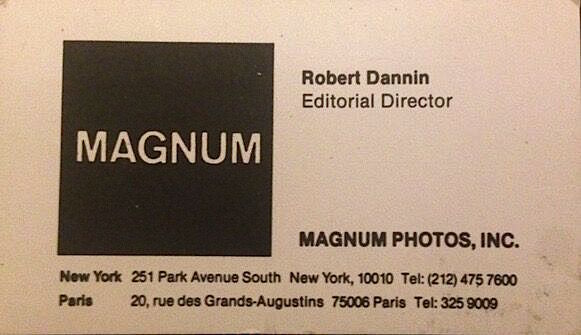 [Editor’s Note: Here we continue “The Dannin Papers,” a series of Guest Posts by Robert Dannin, who served as Editorial Director of Magnum Photos from 1985-90. This first piece — an account of Dannin’s years with Magnum, in which he revises and expands on an interview that Russell Miller conducted with him in 1995 — will appear in six installments. For Part 2, click here. — A. D. C.]
[Editor’s Note: Here we continue “The Dannin Papers,” a series of Guest Posts by Robert Dannin, who served as Editorial Director of Magnum Photos from 1985-90. This first piece — an account of Dannin’s years with Magnum, in which he revises and expands on an interview that Russell Miller conducted with him in 1995 — will appear in six installments. For Part 2, click here. — A. D. C.]
•
Robert Dannin Interviewed by Russell Miller, 1995
(revised and expanded, 2016 — part 3)
Robert Dannin: (continued) … A year later the same thing happened with UNHCR [United Nations High Commissioner for Refugees]. Sebastião Salgado and I went to the 1988 opening-night General Assembly cocktail party. With the architecture, East River views, and a crowd of multicultural elites, it was a lavish, spacey affair.
![]() We met Guillermo da Cunha, one of his friends from their days in the Brazilian Communist Party. He was attached to the mission in New York and we discussed an international project to document the plight of refugee populations. Typically, Sebastião generated loads of enthusiasm and big plans. Da Cunha promised access to any UN refugee camp and full UNHCR sponsorship for all production, including a show at the UN Secretariat lobby.
We met Guillermo da Cunha, one of his friends from their days in the Brazilian Communist Party. He was attached to the mission in New York and we discussed an international project to document the plight of refugee populations. Typically, Sebastião generated loads of enthusiasm and big plans. Da Cunha promised access to any UN refugee camp and full UNHCR sponsorship for all production, including a show at the UN Secretariat lobby.
We met again a few days later to negotiate a contract. Five photographers were involved – Salgado, Griffiths, Ian Berry, Paul Fusco, and Leonard Freed. Griffiths got extraordinary access in Palestine and worked closely with the UNDP. Ian Berry went to the Kurdish camps in Saddam’s Iraq. Freed shot displaced populations in Holland.
Their travel expenses were significant but covered by the contract. Or so I thought. It took about six months to gather all the work. In early to mid-1989 I finally submitted all the receipts for reimbursement in New York but was told payment had to come from UNHCR headquarters in Geneva. Salgado’s friend had disappeared. After a week of getting up at 4 a.m. to call Geneva, I realized we were getting stiffed.
Ian was terribly upset. For Paul Fusco it was worse. He had been living in Mill Valley, CA doing lots of corporate work but recently moved back east to reestablish his career as a photojournalist. Aside from his early LOOK Magazine work on Cesar Chavez and the UFW strike there weren’t many of his pictures circulating in the Magnum Archives. Now he’d gotten burned twice and was flat broke. He’s a quiet person but you could tell he was dejected.
“Don’t you have anything else hanging around?” I asked. Next day he comes by with ten boxes of Kodachrome that turned out to be his “RFK Funeral Train” story. We laid it out on the light box. Everyone in the office was floored. “YOU’VE BEEN SITTING ON THIS FOR 20 YEARS!!!” That was a bit of Magnum magic, something always worked out.
[Note: Despite the above experience, Magnum teamed again with the UNHCR to explore the refugee issue once again in 2011, the commission’s 60th anniversary, to celebrate World Refugee Day. — A. D. C.]
•
Russell Miller: Was it part of your function to attend the annual general meeting of magnum? Where was the first one that you attended?
Robert Dannin: 1986 in Paris.
RM: Okay, was that a surprise? The first general meeting you went to?
RD: They had just fired Natasha Chassagne. Do you know that story?
RM: No.
RD: It’s an example of the cruel and unusual treatment of staff by Magnum.
Natasha was the designated Paris bureau chief. My first week on the job she came to New York on vacation. Gilles Peress and Philip Jones Griffiths had already explained how bad she was: Natasha was doing absolutely nothing, she was the downfall of the Paris office, she was anti-this. She had to go. And they were working on it.
Anyway, she walked into my office and asked if I knew people at the New York Times. “I know Peter Howe, because I deal with him at the magazine.” “No, no, no, no,” she said. “Do you know the people upstairs?” I said, “No.” She said “Okay, look, I’m going over there, and I want to introduce you.”
In the lobby Natasha got right into the express elevator to Punch Sulzberger’s office, and introduced me as the new Magnum director. I was flabbergasted. [Arthur Ochs “Punch” Sulzberger Sr. was then the publisher of the Times. — A. D. C.] While she stayed there to chit-chat, he delegated someone to take me around to meet everybody at the newspaper. I mean everyone who mattered.
It’s very, very unusual in the photo industry that someone gets that kind of personal connection in newspapers. From that moment I kept thinking, Why do they want to get rid of her? She was generous to me and had this extraordinary access. There was genuine potential in our collaboration.
But I had no say in the affair. A group of photographers led by Richard Kalvar was plotting to remove her. Each Magnum office had its own vice-president. Kalvar was the Paris veep and, I soon learned, the consummate apparatchik and grim reaper; if he was lurking around your desk, he wasn’t there to hand out compliments.
He was supposed to be a photographer, wore a Leica around his neck like an expensive pendant, but never published even one remarkable photo. (After 35 years he’s finally published a book. The Magnum website refers to him as “one of the world’s most important post war photographers.” Could have fooled me.) Gilles and Philip did not like Natasha either.
Sometime in the middle of the winter, middle to late winter ’86, Kalvar finally lowered the boom. Natasha had been on an extended medical absence to treat ovarian cancer. Back then it was extremely difficult to fire someone without cause in France. You had to build a case with written notes and conform to a rigorous schedule of official complaints. (The 2016 legislative reform known as the “Loi El Khomri” abolished these rules and sparked the recent huge “Nuit Debout” protests against the Americanization of French labor laws.)
Having run Natasha’s predecessor, Anna Obolensky, out of the office almost a decade earlier, Kalvar and others knew the drill. They set traps on a weekly if not daily basis and could have terminated her sooner if not for Natasha’s medical leave that complicated the process. It forced them to start over, or pick up from somewhere in the middle. They were frustrated and angry. Peress kept flying to Paris where he still had an apartment. He wasn’t shooting anything so this was his idea of work.
Finally, they jumped through all the bureaucratic hoops and prevailed. One morning Natasha walked into the office to discover that she had been officially locked out. Kalvar appeared like a jack-in-the-box and gave her fifteen minutes to vacate her desk and leave the building. Probably she could have contested it but was too miserable, simply trying to stay afloat. Her husband had left, and Magnum was probably one less worry.
It must have been brutal for her; from a distance it looked awful. The prevailing atmosphere at the following annual meeting was a lot of people congratulating themselves for having done this dirty deed. And the way mobsters always eliminate eyewitnesses, they were already targeting Jimmy Fox.
RM: But he’s still there, Jimmy, I mean?
RD: Yeah, Jimmy’s married to Magnum, more like Stockholm syndrome.
RM: What was the substance of the antagonism towards Natasha?
RD: They didn’t like her. She was hip to what they were doing, and they didn’t like the fact she knew that they were taking money when they needed but not working. With the exceptions of Salgado, Bruno Barbey, and Abbas, there was no one working in the Paris office, you had a bunch of slackers hanging around on rue des Grands Augustins. Great address, expensive clubhouse.
•
Raymond Depardon rarely took pictures, mostly worked on his movies. Very good ones but financially disconnected from Magnum. Quiet, serious Jean Gaumy also made movies. “The Village Idiot” [“Jean-Jacques,” 1987] is an unbelievably beautiful, sensitive documentary about an intellectually challenged young adult in a small Breton village. Like a window into the Middle Ages. It was critically acclaimed but had nothing to do with Magnum.
Guy Le Querrec was a joke. He had shot some nice stuff on jazz musicians, nothing great like Burt Glinn or Dennis Stock but competent enough to get him into Magnum. (Have you ever seen Burt’s pictures of Satchmo backstage?) I wanted him to keep going and offered to contact the jazz festival impresario George Wein, but Le Querrec wasn’t having any of it. He was a leprechaun, who will be remembered mainly for his wild dancing at the Magnum parties.
Harry Gruyaert was only interested in his personal work, street photography. His wife, Agnès Sire, was running the corporate department in Paris. I’m not certain she had any luck finding him that kind of work. Harry was one of the photographers referred to by Henri as colorblind. “Zee man ees couleur blind.” Ironic, because Agnès wound up as the director of the Fondation Cartier-Bresson!
René Burri lived in Paris and was always working for Suisse Illustré and Merian, a travel-themed German magazine edited by Max Scheller. Sometimes René was okay, sometimes a very sour, bitter presence. Two-faced. Ferdinando Scianna was in Italy, technically connected to Paris although he came with his own clients. Same for Josef Koudelka who lived in Paris but spent most of his time in the Camargue documenting the Roma.
I thought to myself, Natasha with a direct line to Punch Sulzberger had to work with this crew?
•
We did not open the London office until 1987, meaning Natasha had also been responsible for the Brits. Ian Berry and Chris Steele-Perkins were self-starters and generally pursued their own assignments. I had worked with Peter Marlow at Sygma. Now at Magnum he was transitioning to corporate work but still very professional on an editorial assignment.
He was the pool photographer for the Reagan-Gorbachev summit in Reykjavik. Peter called me in New York to report that even with journalists in the room Reagan was acting really weird. These were famous START talks – strategic arms reduction – that turned into a crazy potlatch. Reagan was giving away the store, upping the ante with Gorby by pledging to destroy hundreds of missiles and thousands of warheads, until his aides figured out something was wrong and hustled him away before anything could be inked. It was the Alzheimer’s kicking in. Peter witnessed the whole thing, but since it was a pool, the White House edited away the most revealing shots.
Stuart Franklin and I came over from Sygma at precisely the same time. He was an intrepid, highly competent photojournalist with a good reputation among the American magazines. David Hurn was another story altogether. The “it” photographer of swinging London, model for the David Hemmings character in Antonioni’s film Blow-Up. Hurn was a mean piece of work, a rapidly aging mod with zero appeal and less ambition.
Eve Arnold lived in London. Beautiful, generous, and a very tough negotiator. Eve was the rightful commodore of pirate ship Magnum. It seemed as if she were above all membership intrigues.
She schooled me during that first year. When I asked about Natasha, she just rolled her eyes and said, “Well, maybe we can save Jimmy.”
(To be continued.)
Text copyright © 2016 by Robert Dannin. All rights reserved.
•
(For an index of links to all posts in this series, click here.)
•
Robert Dannin holds a doctorate in linguistics and anthropology from the School for Advanced Studies in the Social Sciences in Paris. He taught at Brown University, New York University, and Suffolk University in Boston. He is co-founder and director of the Ddora Foundation, and serves as a trustee at Mount Ida College in Newton, Mass. Among his scholarly publications, Black Pilgrimage to Islam (Oxford University Press, 2002) was the first ethnography of Islamic religious conversion in America.
In 2009 Dannin was awarded an inaugural residency at the Norman Mailer Writer’s Colony. His most recent work is a biography of Jacob Schiff, the Gilded Age banker and rival to J. P. Morgan.
Dannin paid for his education by working as a cook, translator, ghostwriter, and copywriter/photo editor at Sipa Press in Paris from 1978 to 1981. He was news editor for Sygma New York and later the editorial director of Magnum, where he produced Sebastião Salgado Jr.’s “An Archaeology of the Industrial Age,” eventually published as Workers (Aperture). His other editorial credits include James Nachtwey’s Inferno (Phaidon) and the survey Arms Against Fury: Magnum Photographers in Afghanistan (powerHouse).
Dannin is the author of numerous critical essays about photojournalism. From 1995 to 1997 he served as special consultant on photography to the office of the New York Attorney General. To contact Robert Dannin, click here.


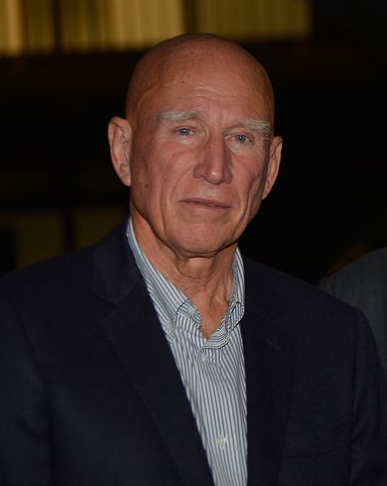
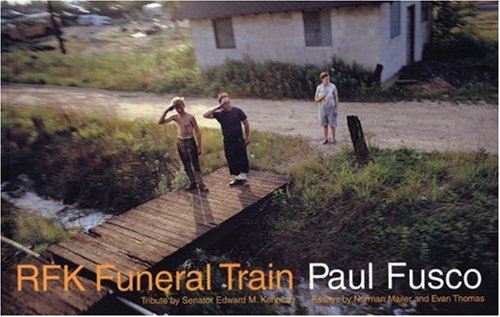
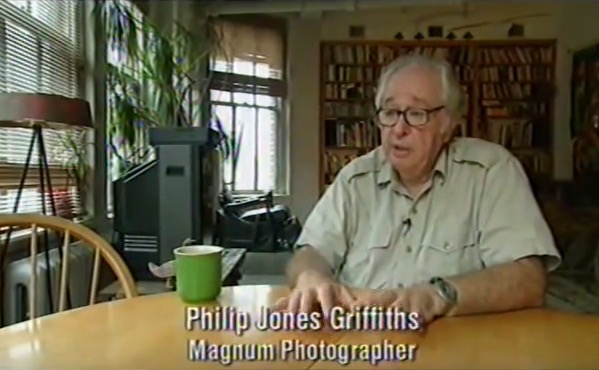
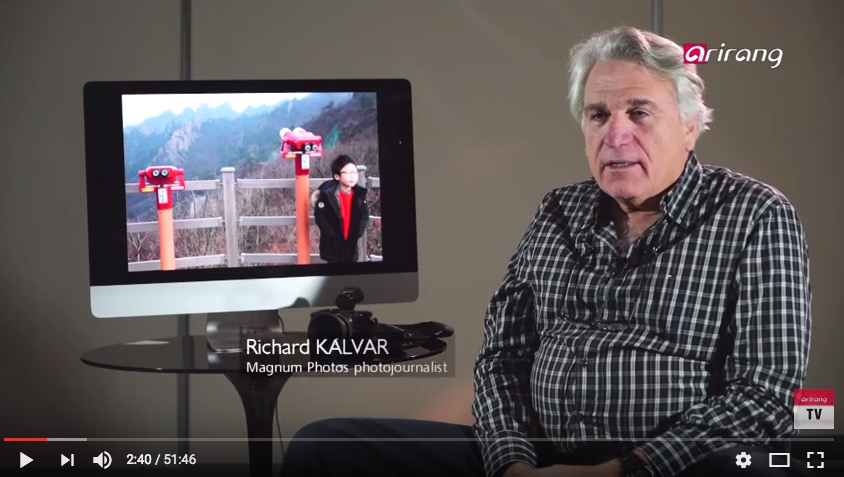
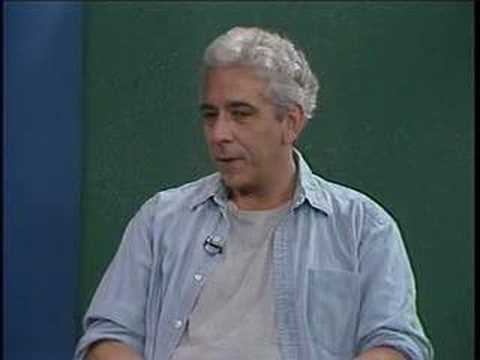
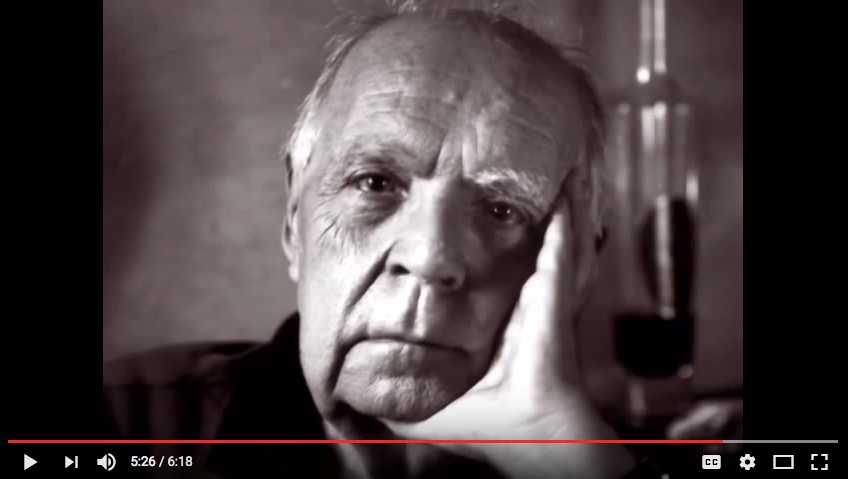
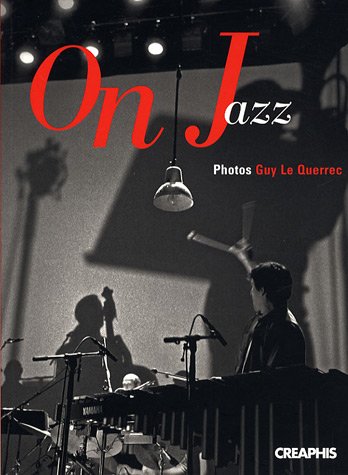
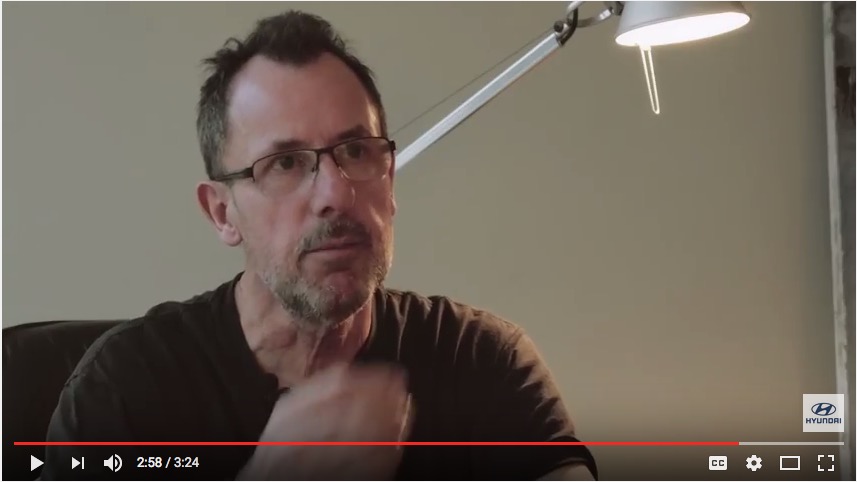
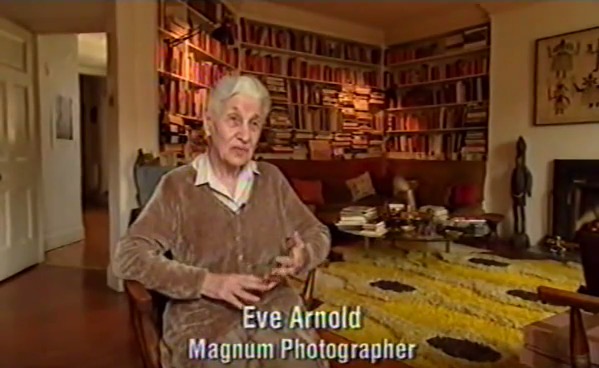
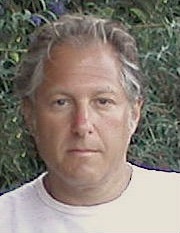
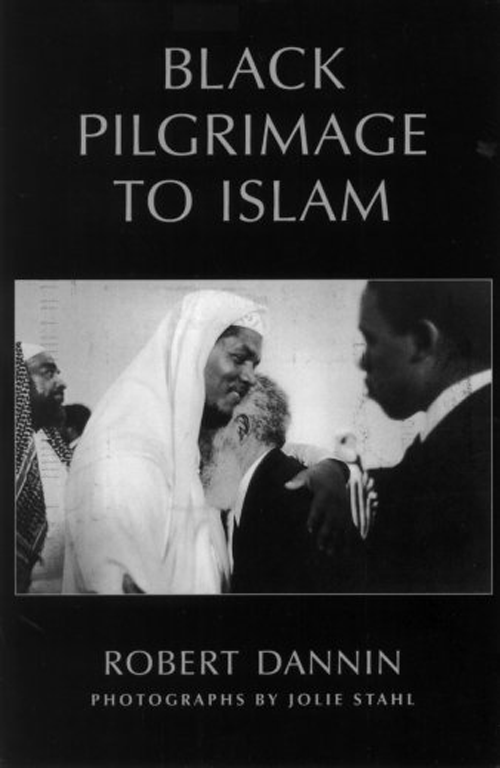




Leave a Comment